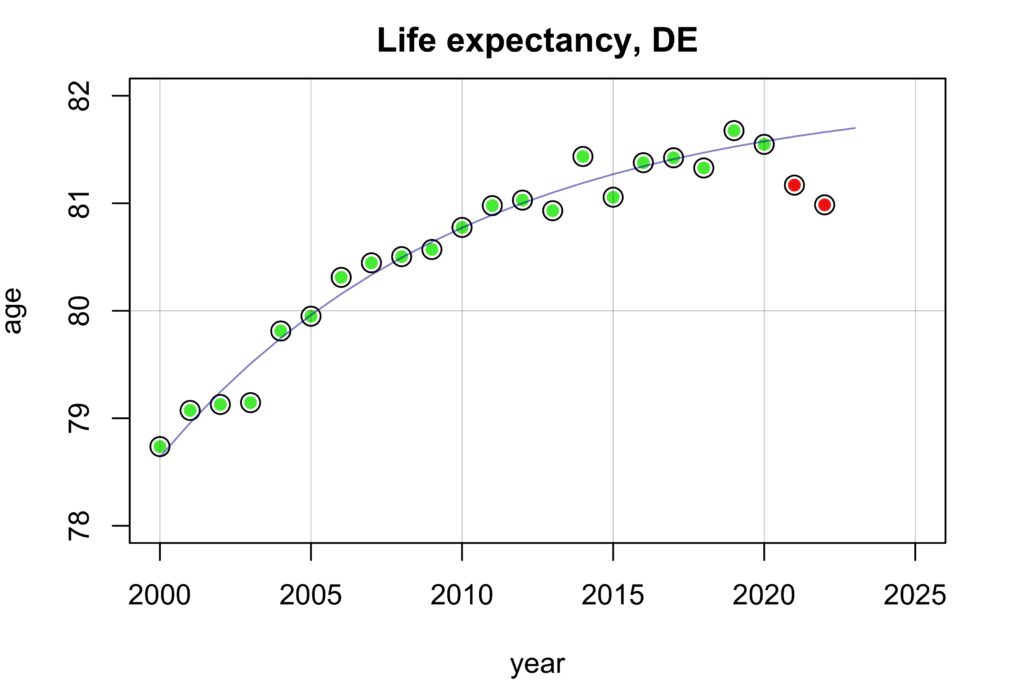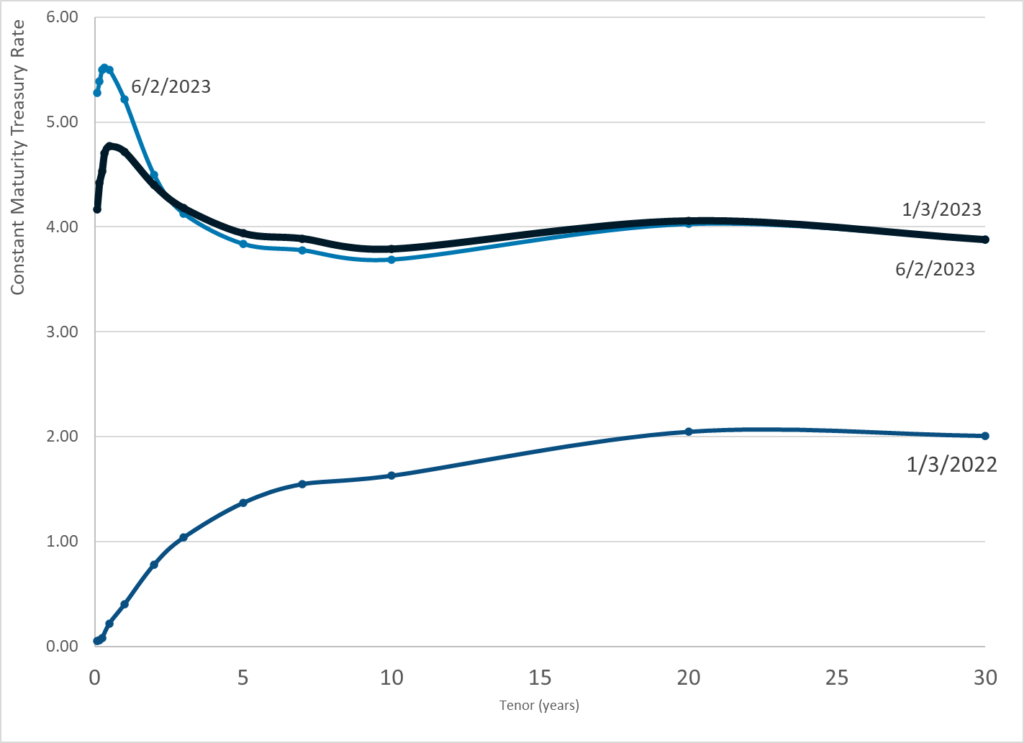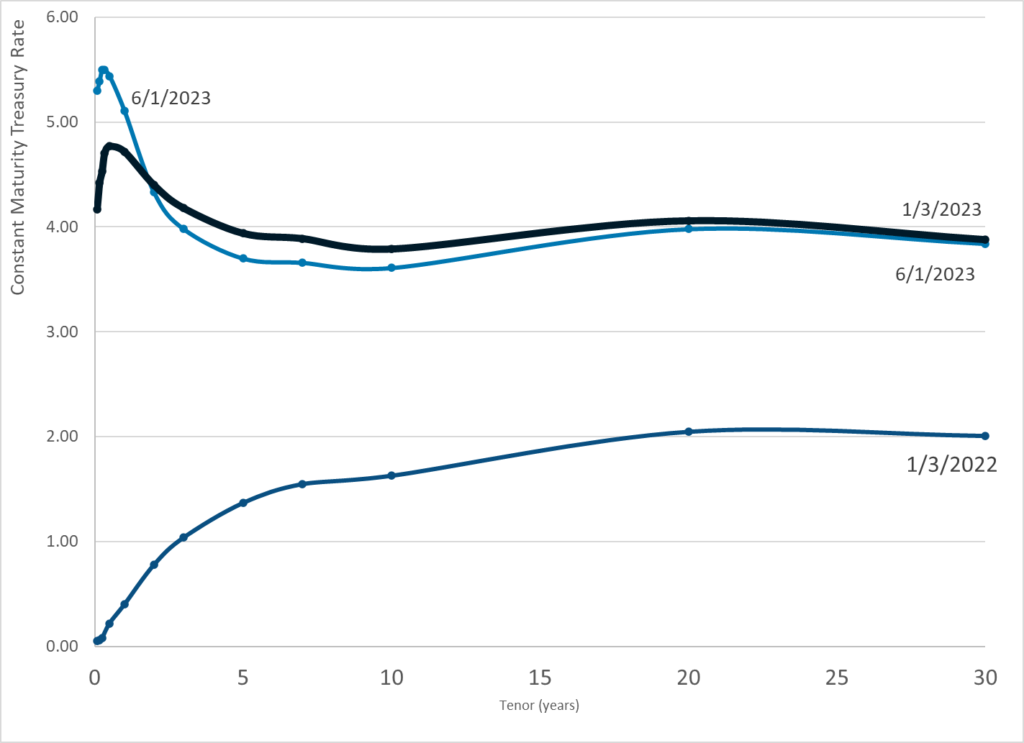Link: https://www.roadtrafficsigns.com/speed-limit-signs-history
Graphic:

Excerpt:
The debate between those demanding the freedom to travel at high speeds in an unregulated environment and others citing the need for greater security and increased regulation (e.g. signs) was common in the 20’s and 30’s. For certain communities, “too slow speeds” were also an issue. As reported in the June, 1925 Lyle Sign Post, the chairman of the Maryland State Roads Commission, John Mackall, “advises substitution of the maximum speed limit with a minimum speed limit, to speed up traffic. Mackall also suggested slow-moving vehicles be barred from main streets during peak hours”.
Many states did not require drivers licenses. As part of the author’s own family lore, there is a wonderful story of two strong-willed daughters, Lydia and Mary, traveling from their home in North Dakota to visit their father, Senator Langer, in Washington, DC. With little experience, other than on farm machinery and certainly no license, they ended up in Washington in record time. Speed limits (and the few Speed Limit Signs) were proudly ignored.
For more discussion, see the excerpt below on fixed speed limits: “Should there be Fixed Speed Limits?“. Even in the 30’s and 40’s, speed limits were not uniform. Should speed limits change, depending upon the weather conditions, road conditions and time of day (for example, during school hours)?
Publication Date: accessed 7 Jun 2023
Publication Site: RoadTrafficSigns.com





